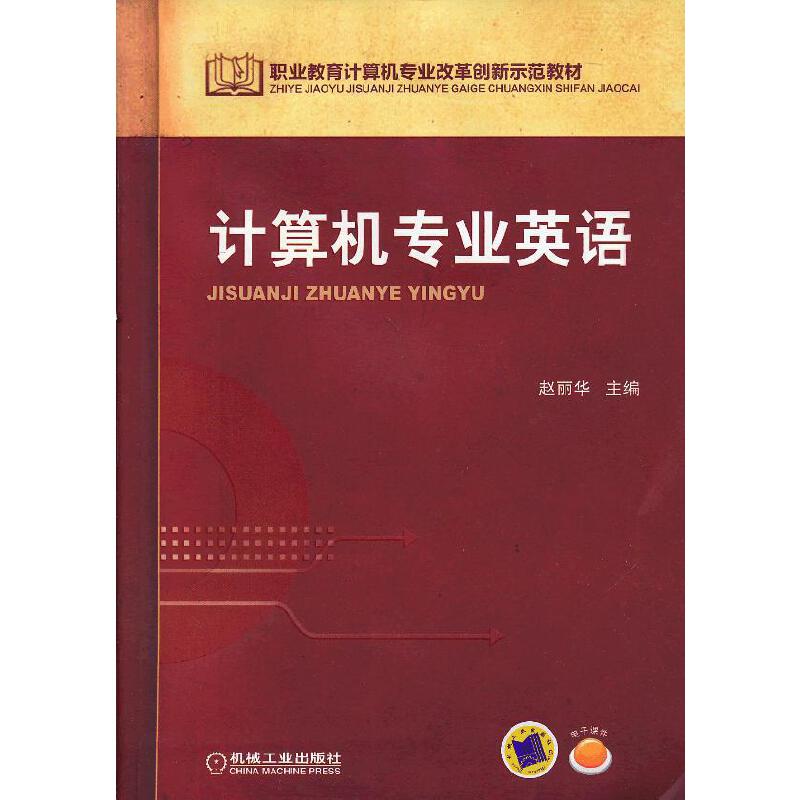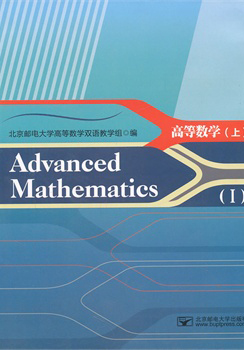现代控制理论(英文版)
作者: 刘向杰
出版时间:2016年1月
出版社:中国科技出版传媒股份有限公司
- 中国科技出版传媒股份有限公司
- 9787030471765
- 1-1
- 115448
- 0044179235-5
- 平装
- B5
- 2016年1月
- 257
- 204
- O231
- 自动化、电气工程
- 本科
本书可作为高等院校自动化专业本科生的教材,也可供相关专业的教师参考。
前言
Chapter 1 System Model
1.1 Introduction
1.2 Models of Systems
1.2.1 Differential Equation
1.2.2 Transfer Function
1.2.3 The State-space Model
1.3 Transition from One Mathematical Model to Another
1.3.1 From Differential Equation to Transfer Function for SISO Systems
1.3.2 From Transfer Function to Differential Equation for SISO Systems
1.3.3 From G(s) to g(t) and Vice Versa
1.3.4 From State Equations to Transfer Function Matrix
1.3.5 From Transfer Function Matrix to State Equations for SISO Systems
1.4 Summary
Appendix: Three Power Generation Models
Exercise
Chapter 2 Linear Transformation of State Vector
2.1 Linear Algebra
2.2 Transform to Diagonal Form and Jordan Form
Exercise
Chapter 3 Solution of State Space Model
3.1 Introduction
3.2 Solution of LTI State Equations
3.3 State Transfer Matrix
3.3.1 Properties
3.3.2 Calculating the state transition matrix
3.4 Discretization
3.5 Solution of Discrete-Time Equation
3.6 Summary
Exercise
Chapter 4 Stable Analysis
4.1 Introduction
4.2 Defimition
4.3 Stability Criteria
4.3.1 Lyapunov's Second Method
4.3.2 State Dynamics Stability Criteria for Continuous Linear Systems
4.3.3 State Dynamics Stability Criteria for Discrete Systems
4.4 Summary
Exercise
Chapter 5 Controllability and Observability
5.1 Introduction
5.2 Definition
5.2.1 Controllability
5.2.2 Observability
5.3 Criteria
5.3.1 Controllable Criteria
5.3.2 Controllable Examples
5.3.3 Observable Criteria
5.3.4 Observable Examples
5.4 Duality System
5.4.1 Definition
5.4.2 Properties of Duality Systems
5.5 Canonical Form
5.5.1 Controllability Canonical Form of Single-Input Systems
5.5.2 Observability Canonical Form of Single-Output Systems
5.5.3 Example
5.5.4 Observability and Controllability Canonical Form of Multi-input Multi-Output Systems
5.6 System Decomposition
5.6.1 Controllability Decomposition
5.6.2 Observability Decomposition
5.6.3 Controllability and Observability Decomposition
5.6.4 Minimum Realization
5.7 Summary
Exercise
Chapter 6 State Feedback and Observer
6.1 Introduction
6.2 Linear Feedback
6.2.1 State Feedback
6.2.2 Output Feedback
6.2.3 Feedback from output to x
6.3 Pole Assignment
6.3.1 Sufficient and Necessary Condition for Arbitrary Pole Assignment
6.3.2 Methods to Assign the Poles of a System
6.3.3 Examples
6.4 State Estimator
6.4.1 Introduction
6.4.2 State Estimator
6.5 State Feedback Based on State Estimator
6.6 Summary
Appendix: State Feedback and Observer for Main Steam-temperature Control in
Power Plant Steam-boiler Generation System
Exercises
参考文献











